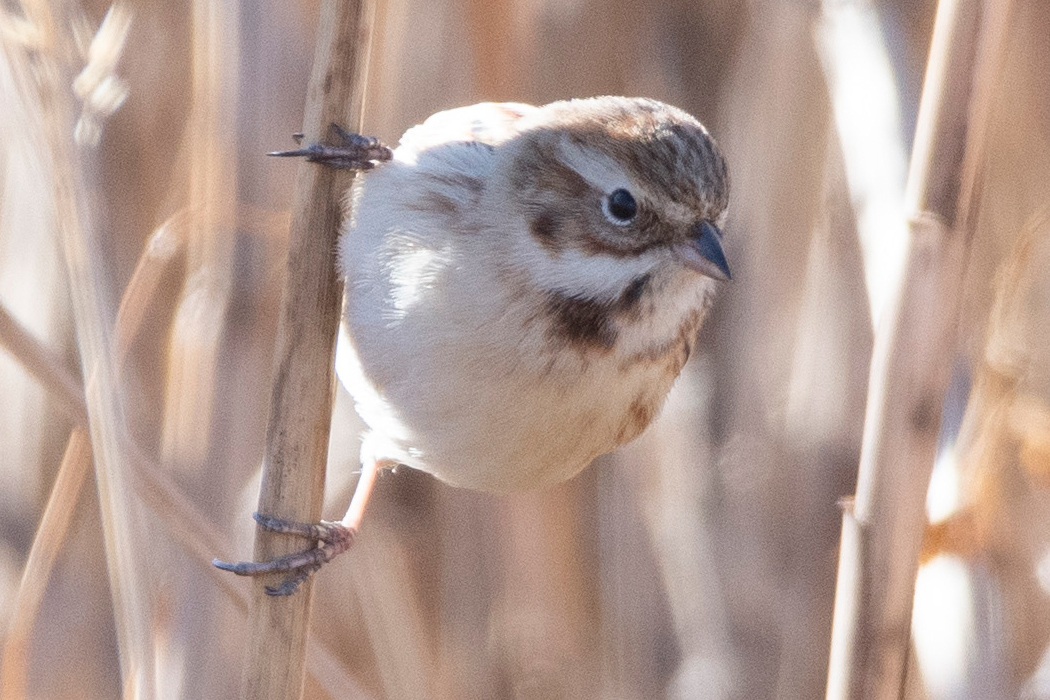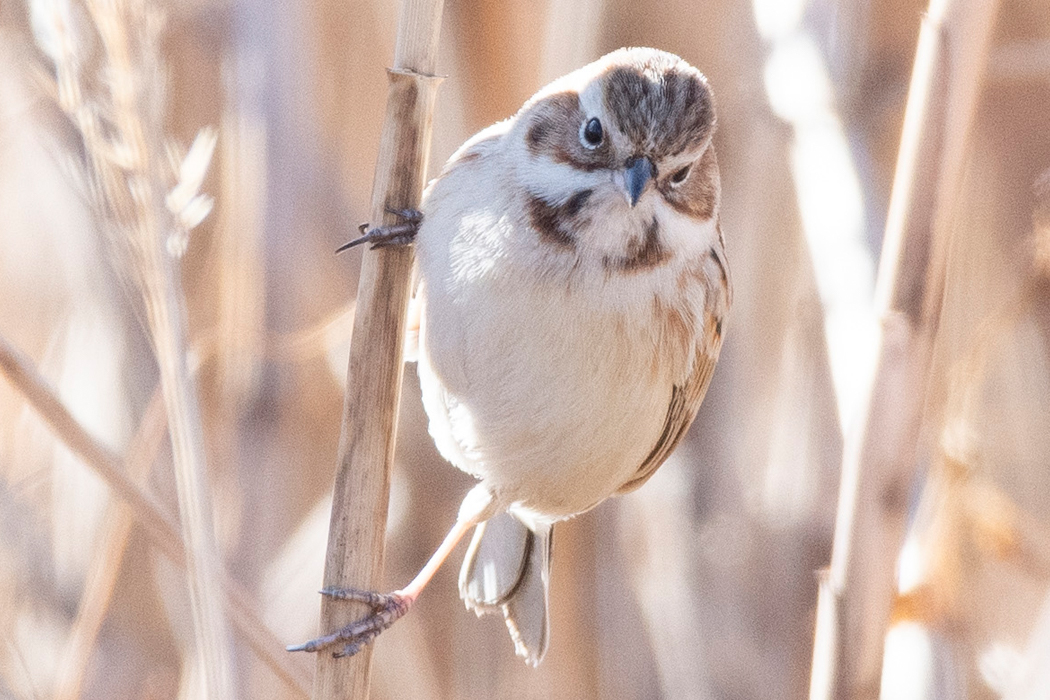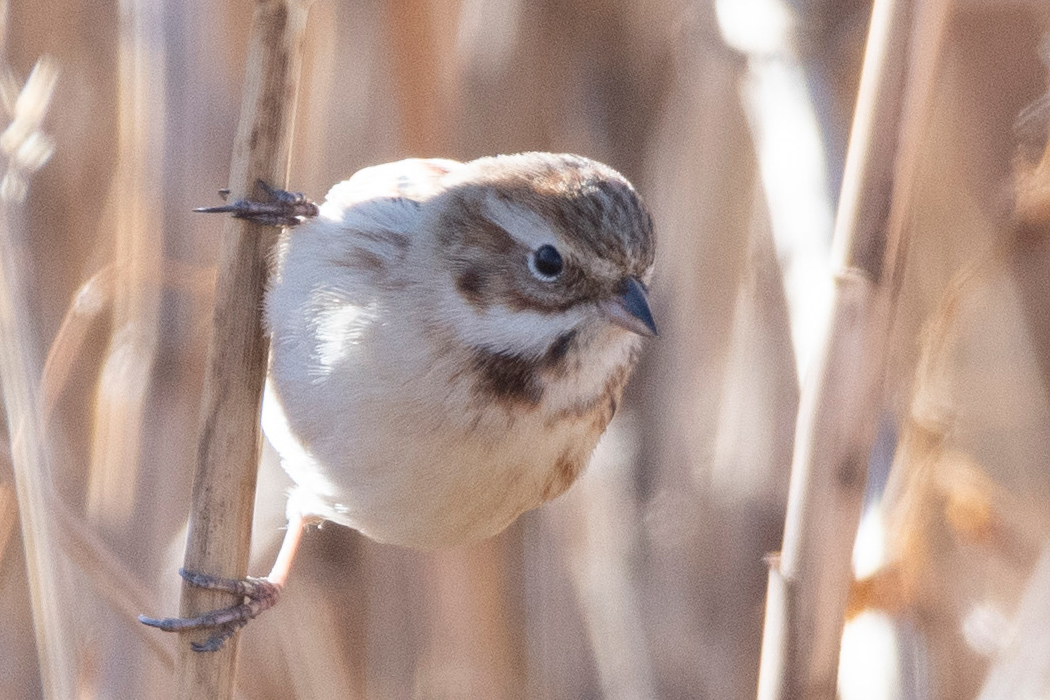
Pallas's Reed Bunting
The top and bottom of the beak are different colors.
| Scientific name | Emberiza pallasi |
| English name | Pallas's Reed Bunting |
| Japanese name | シベリア寿林 |
| Classification | Aves |
| Classification details | Passeriformes Emberizidae |
| Full length | 14cm. |
| Distribution | It is a rare migratory bird. |
Characteristics
A migratory bird of the Emberizidae family, slightly smaller than the Common Reed Bunting.
The back is brown with dark feathers running vertically, giving it the appearance of vertical stripes.
The legs are flesh-colored all the way to the tips, which is one way to distinguish them from the Common Reed Bunting. The top and bottom of the beak are different colors, black on top and pink on the bottom. The shape of the upper beak appears to be linear. There is a thin white eye ring around the eye.
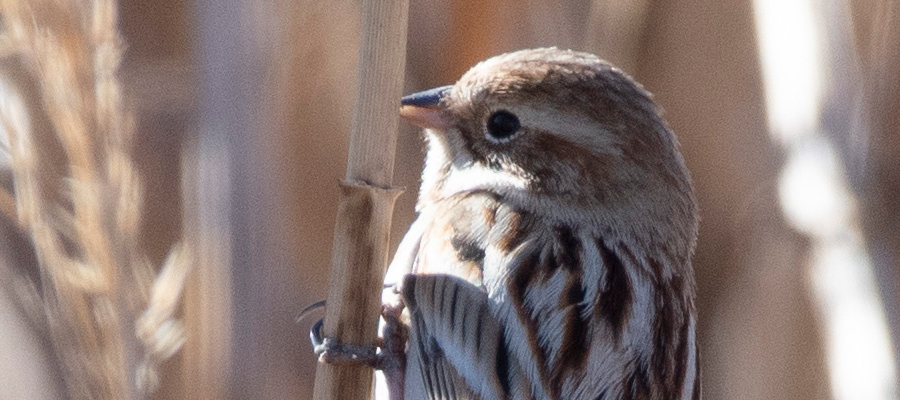
Ecology
A migratory bird that rarely arrives here. It enters grasslands and reed beds with dead grass and feeds on the ground. It appears to eat plant seeds and insects.
Habitat
Tama River midstream
Photographed on the riverbed of the Tama River at the beginning of the year. It stayed in the same place for a while.
It spent a long time on the ground foraging, which made it difficult to photograph. I managed to capture it perched vertically.
There were also many Reed Buntings in the same area, making it difficult to identify, but I used the overall size as my primary indicator. After photographing, I checked the photo to confirm its beak and other identifying features.
Pictures
Introducing a picture of Pallas's Reed Bunting.

Picture book

Black-headed Gull
There is a black spot behind the eye.......ead more.

Geisha distinctissima
Small leaf-like shape......ead more.

Common Merganser
Elongated duck with a flesh-colored beak.......ead more.

--
There is a black mark in the center of the chest.......ead more.
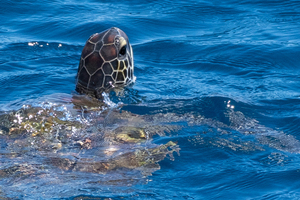
Green Sea turtle
The most familiar sea turtle.......ead more.
